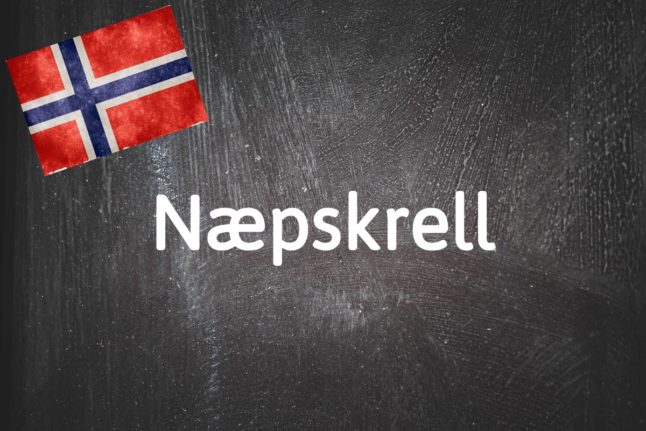What does Attpåklatt mean?
This word refers to a sibling born long after their brothers and sisters. There are no specific rules on what gap there has to be between siblings for the youngest to be an attpåklatt. However, it is typically used to refer to kids born a minimum of seven to ten years after their siblings.
When describing yourself or your sibling as an attpåklatt, people will automatically understand that there is a significant age gap.
This word is interesting because there isn’t a direct English equivalent. One thing to note when using the word is that the Norwegian term doesn’t say anything or imply anything about the child much younger than their brothers and sisters being a surprise for the parents. Therefore, it doesn’t distinguish between whether the child was planned or not.
Use it like this:
Lillesøsteren min er ti år yngre enn meg. Hun er en skikkelig attpåklatt.
(My little sister is ten years younger than me. She is an “attpåklatt”.)
Han hadde to voksne barn fra før, men ønsket en attpåklatt.
(He had two adult children but wanted an “attpåklatt” – a child that is much younger than their siblings.)



 Please whitelist us to continue reading.
Please whitelist us to continue reading.
Member comments